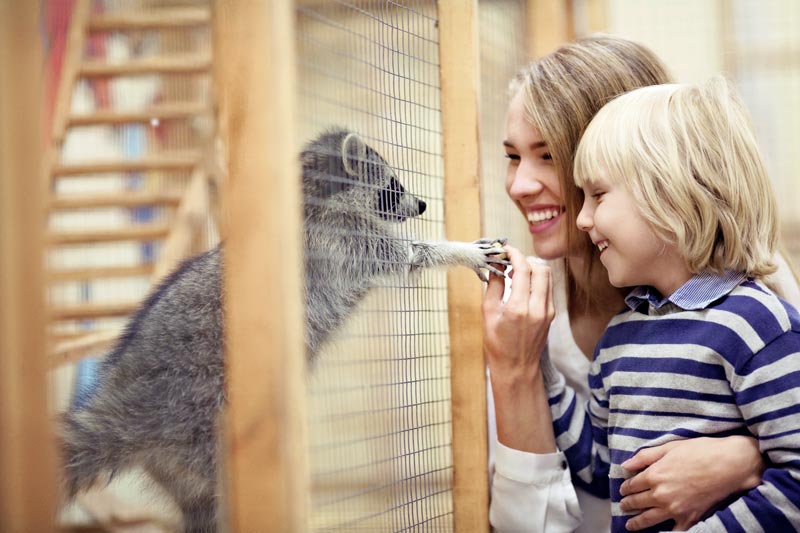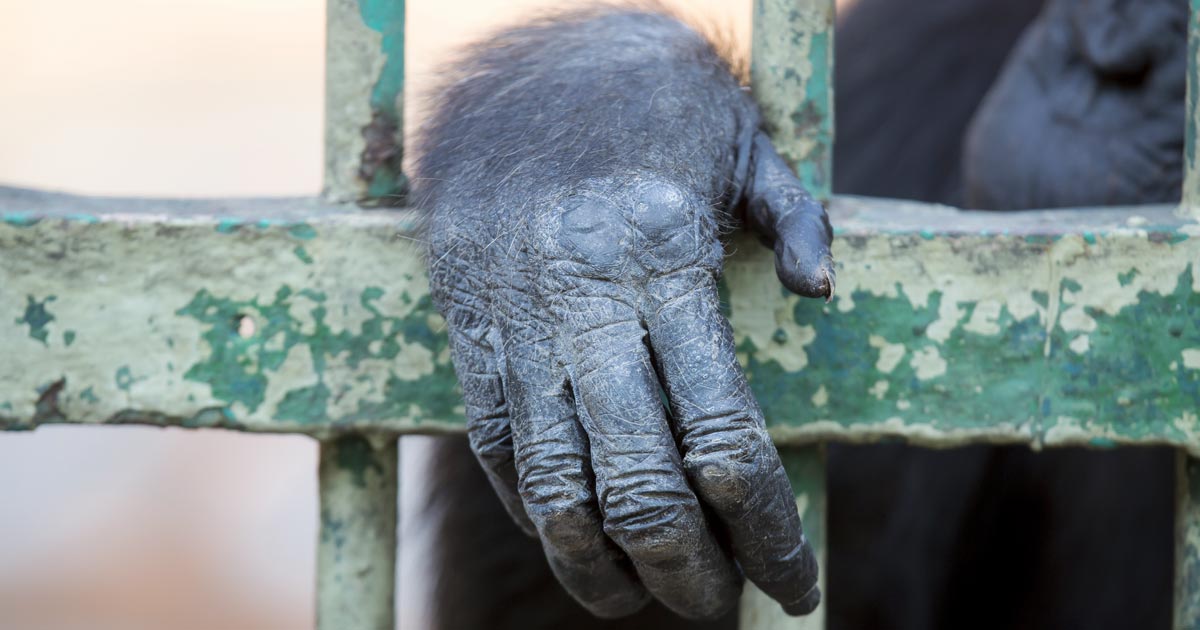The black-furred creature shifts and turns, and its brow furrows as it meets my gaze. Its deep brown eyes seem to convey hidden depths and, for a moment, I am electrified from a connection that reaches across millions of years of evolution. I’m awed by the knowledge another mind is looking back at me, trying to understand me.
We stand in silence…
The doors of the ape house bang open and two giggling toddlers run in, pursued by a harassed-looking mum and a tall thin dad. The man points at the gorilla I have been quietly watching and laughs.
“Look at his big fat arse,” he says to his laughing children.
Confused by the fact I had been filled with wonder by the closeness of another animal to humanity – an alien being that may well be able to reason – but then filled immediately with irritation at the appearance of four actual humans who definitely can reason, I slope off to the reptile house to look at the snakes.
The gorilla, of course, can’t slope off anywhere at all.
Selected highlights
In the last of my series of blogs about humanity’s strange and frequently hypocritical attitude to animals, I’d like to talk about zoos. This is a little out of my comfort zone, as my knowledge in the field is fairly minimal – I’m not involved in the industry and I’m mostly talking from the point of view of a consumer.
Straight away, there’s the main point I’d like to make; I am uncomfortable with the idea the natural world is something that can be consumed – in a capitalist sense, although, as a species, we’re doing a pretty good job of consuming the rest of the planet in pretty much every other sense of the word, too). Packaging and presenting selected chunks of nature in the name of entertainment feels artificial and peculiar, especially when those chunks are able to think, feel and (crucially, as ever) suffer.
The problem is removing creatures from their natural environment and displaying them for us is (and this is news to no one) stressful – it causes suffering.
Strength to endure

Some species appear to cope with this better; as far as I can see, reptiles cope quite well in these environments, as long as their very specific environmental requirements are met. Similarly, species that have been domesticated over thousands of years – such as sheep and goats – appear to tolerate captivity well, but many species suffer simply by the nature of being confined.
Species such as elephants, deprived of their tens-of-kilometres-wide ranges and their large social groups, or big cats, largely denied the hunting for which their brains have evolved, all seem (to an uneducated bozo, like me) to struggle and, I strongly suspect, suffer when confined.
Many zoos, at least in the UK, try hard to reduce this suffering. My local zoo is, in my mind, one of ”the good ones” – one of the best, in fact. It’s clear incredible amounts of thought, effort and expense go into enriching the lives of the animals in its care, keeping them mentally stimulated, as well as free from disease, and I have no doubt the keepers of these animals care greatly for them and have their welfare paramount.
Persistent repetition
Even with all this effort, I still come across enclosures only to have my heart sink when I see the animal slowly pacing the borders of its enclosure, the worn ground beneath it indicating the number of times this sad routine has been performed, without variation, through days and months past.
The technical term for the repetitive behaviour is “stereotypy”, and while anthropomorphising is unwise when we’re trying to work out exactly whether an animal is suffering or not, it’s hard to watch this relentless circling and feel the actions are those of a contented and well-adjusted animal.
Is this justifiable in the name of entertainment?
Educational agenda
That’s twice I’ve talked about entertainment so far, so let’s address (if you’ll forgive my pun) the elephant in the room – the fact zoos (the best ones at least) don’t mention entertainment nowadays, and instead focus on conservation and education.
I understand this, and while I have no doubt they are sincere when they talk about this, I wonder if these are truly the main aims of the modern zoo, whether there aren’t better ways of doing this.
Education, for example. There wasn’t much education going on in that ape house. The giggling children and parents glanced at the gorilla, pointed and laughed, then moved on their way. The education plaques, posters and colourful maps, lovingly and thoughtfully designed to catch the eye, remained unread.
Even I wasn’t there to learn. I wanted my pseudo-mystical experience with another thinking animal and, irritated by my own species, I stomped away without knowing or understanding anything about the way the creature in front of me lived.
As seen on TV
Now, I realise we can’t all fly to Africa and observe these animals in their natural habit, but David Attenborough can.
It might seem facetious, but I genuinely feel well-done wildlife documentaries – and, let’s be honest, no-one does them better than the BBC – have taught me more than any visit to a zoo ever did. I know seeing animals on the screen isn’t quite the same, but in this era of high-definition and surround sound, it is at least a reasonable facsimile – and nothing has to get grabbed from its home and put in a cage to do it; so I feel it’s a compromise that produces less suffering.
How about conservation? Well, this is obviously a laudable goal now we’re knee-deep into the Anthropocene mass-extinction that started when humanity first made it over to Australia and quickly wiped out all the large marsupials.
Last chance to see

We’re rapidly working our way through the species, but we are also the only engine of mass-extinction ever that became aware of the consequences of its actions and tried to prevent them. That, in itself, seems a pretty good reason to try and keep some of the other animals around, but is a zoo really the best place for this?
What I mean by this is; if conservation really is the true goal of a zoo then why do the animals have to be put on display for us as well? They would be equally well conserved without pretentious idiots like me staring at them hoping for a “connection”. Not having to be displayed would, I suspect, also help reduce the suffering experienced in captivity. If you were designing a preserve that’s sole purpose was to conserve the species of the planet, I suspect it wouldn’t look much like a zoo – even a “modern” zoo.
You all know the answer to this, of course, money. No one’s going to pay for conserved animals they don’t get to look at. Whether they like it or not, whether their hearts are truly in education or conservation, the purpose of a zoo is to provide entertainment, and that’s how they make their money and continue to survive.
I’ve given zoos a lot of slack here, and tried to consider only the very best, but there are plenty of places in the world where animals are on display without much thought having gone into it. In these places, the suffering experienced can be on a level as high as anything else I’ve talked about in this short blog series.
Worth the price of admission?
Here are my final thoughts on the topic: conservation and education are laudable goals, but I feel they could be better served in other ways. If keeping species in existence means individuals of that species all experience suffering – possibly significant suffering – then I’m not sure it’s a price worth paying to stave off extinction.
Almost every species that ever existed has gone extinct and the overall survival of a species means nothing to an individual.
I love my local zoo – the people are passionate and caring, and it’s a great day out – but animals do suffer there, despite the staff’s best efforts. Is it okay for these creatures to be held captive for our entertainment? Would we consider this for a second if they weren’t animals, but members of our own species?
I’d be interested to hear your thoughts.

Leave a Reply